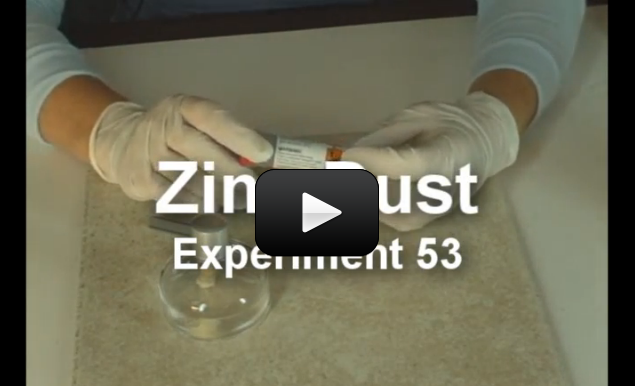This experiment is for advanced students.
Who gets to burn something today? YOU get to burn something today!
You will be working with Zinc (Zn). Other labs in this kit allow us to burn metal, but there is a bit of a twist this time. We will be burning a powder.
Why a powder instead of a solid ribbon or foil as in the other labs? Have you heard of surface area being a factor in a chemical reaction? The more surface area there is to burn, the more dramatic the chemical change. So, with this fact in mind, a powder should burn faster or be more likely to burn than a large solid.
Please login or register to read the rest of this content.

